The keyboard family is one of the five instrument families in the orchestra and includes a variety of instruments that produce sound through the pressing of keys.
The Percussion Family
The String Family
The Brass Family
The Woodwind Family
Where do Keyboard Instruments Originate From?
It's important to note that keyboard instruments have evolved independently in various regions of the world.
For example, in Asia, instruments such as the Chinese guqin and the Indian harmonium have their own unique keyboard designs and musical traditions.
One of the earliest known keyboard instruments is the hydraulis, an ancient Greek instrument invented in the 3rd century BCE. The Hydraulis or Sea Organ utilized a series of pipes and a keyboard mechanism operated by water pressure. It is considered a precursor to the organ.
The organ, in its various forms, played a significant role in the development of keyboard instruments. The earliest pipe organs can be traced back to the Hellenistic period in ancient Greece.
However, it was during the medieval and Renaissance periods that the organ gained prominence in Western music, particularly in the context of church music.
During the Renaissance, a number of keyboard instruments emerged, including the harpsichord and clavichord. The harpsichord, with its plucked-string mechanism, became popular in Europe from the 15th century onwards.
It was particularly favoured during the Baroque period and served as a primary keyboard instrument for both solo and ensemble performances.
In the 18th century, the piano, as we know it today, came into prominence. Bartolomeo Cristofori, an Italian instrument maker, is credited with inventing the piano around the early 1700s.
The piano's innovation lay in its use of hammers striking the strings, allowing for dynamic control and a wider range of expression compared to earlier keyboard instruments.
With the advancement of technology, electronic keyboards and synthesizers emerged in the 20th century. These instruments utilize electronic circuitry to generate sounds and offer a wide range of possibilities in terms of tone, effects, and versatility.
What Are Keyboard Instruments Made Of?
Keyboard instruments are made of a combination of various materials, depending on the specific instrument and its construction.
Here are some common materials used in the production of keyboard instruments:
- Wood: Wood is a primary material used in the construction of keyboard instruments. It is commonly used for the framework, body, and keys of instruments like pianos, harpsichords, and organs.
- Metals: Metals are used in different parts of keyboard instruments. For example, the strings of pianos, harpsichords, and some electric keyboards are typically made of steel or steel alloys. In organs, the pipes are often made of various metals such as tin, lead, and zinc, each contributing to the instrument's unique timbre.
- Ivory and Synthetic Substitutes: Historically, ivory was used for the white keys on pianos and other keyboard instruments due to its smooth texture and durability. However, due to conservation concerns and international regulations, the use of ivory has been largely discontinued. Modern pianos and keyboards often feature synthetic materials as substitutes for ivory, such as plastic, resin, or composite materials.
- Fabrics and Felt: Fabrics and felts are commonly used in keyboard instruments to provide cushioning, damping, and sound insulation. For example, pianos utilize felt materials in the hammers that strike the strings to produce a softer sound. Organs may also use felt or cloth materials in their key actions and stop mechanisms to regulate airflow and control the sound.
- Electronics and Plastics: Electronic keyboards and synthesizers incorporate various electronic components and circuits, including microprocessors, transistors, and integrated circuits. Additionally, the key surfaces and housing of electronic keyboards are often made of plastic or composite materials, providing lightweight and durable construction.
What Is In The Keyboard Family?
The keyboard family encompasses various instruments played by pressing keys to produce sound. It includes the piano, electric keyboard, organ, harpsichord, clavichord, celesta, accordion, and more.
These instruments differ in their mechanisms, sounds, and historical contexts but share the common feature of keys as their primary means of control
Piano
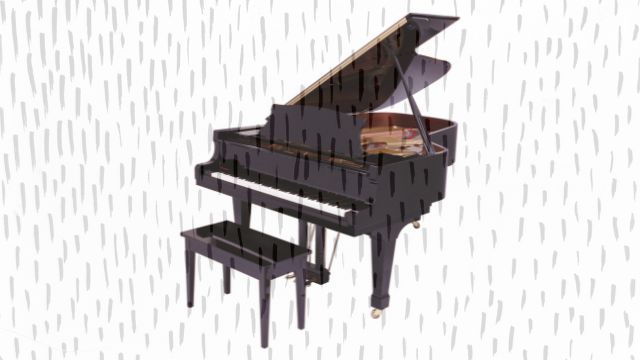
The piano is one of the most well-known and widely played keyboard instruments. It consists of a row of keys that correspond to different pitches.
When a key is pressed, a hammer strikes a string inside the piano, producing the desired sound.
Pianos come in various sizes, from grand pianos to upright pianos and digital pianos.
Organ
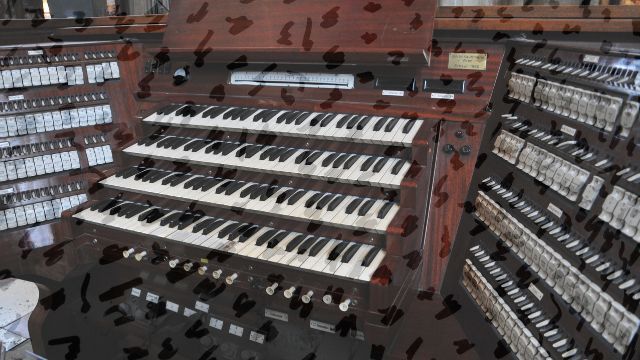
Organs are keyboard instruments that produce sound by using air to create vibrations within pipes.
They have multiple sets of keys called manuals, which control different groups of pipes, along with pedals for playing low-frequency notes.
Organs are commonly used in churches and are known for their rich and powerful sound.
Celesta
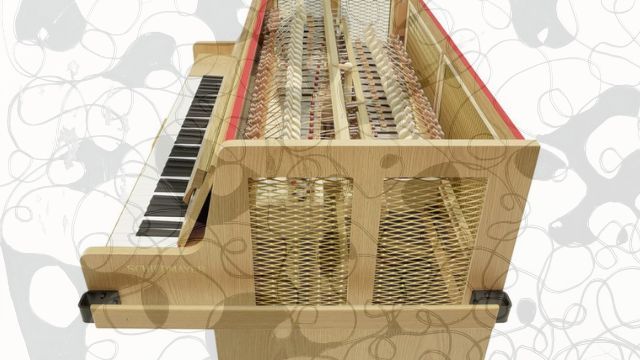
The celesta is a keyboard instrument that produces a bell-like sound. It consists of metal bars that are struck by hammers when the keys are played.
Celestas are often used in orchestral compositions, known for their ethereal and delicate tones.
Synthesiser / Electric Keyboard
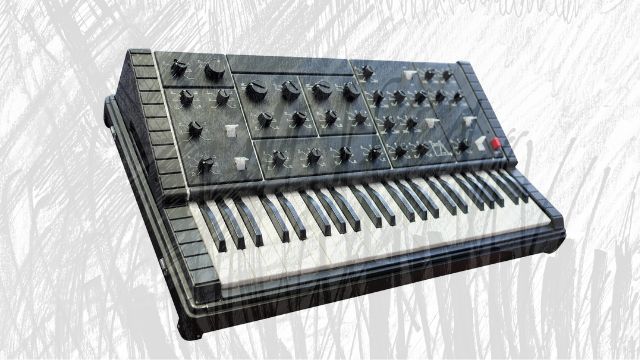
Electric keyboards and synthesizers are electronic instruments that replicate the sounds of traditional keyboard instruments and offer a wide range of additional sounds and effects.
They usually have a range of keys, often with touch-sensitive or weighted keys, and can generate different tones, including piano, organ, strings, and synthesizer sounds.
Accordion
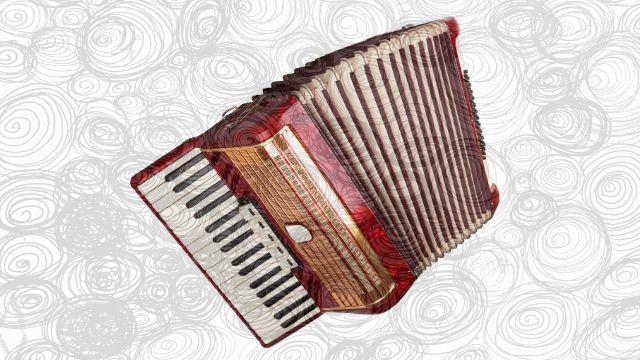
The accordion is a portable keyboard instrument that is played by expanding and contracting bellows while pressing buttons or keys. It is widely used in folk music traditions around the world.
Accordions produce sound by reeds vibrating as air flows over them. The buttons or keys on the accordion control which reeds are activated, allowing for different notes, chords, and melodic patterns.
Clavichord
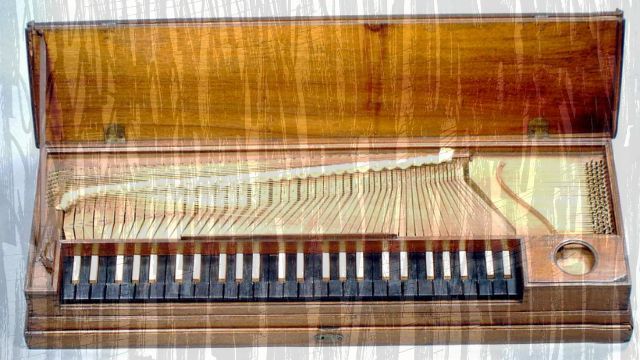
The clavichord is another historical keyboard instrument that predates the piano. It uses small metal blades called tangents that press against the strings when a key is struck, resulting in a soft and expressive sound. The player can vary the volume and pitch by adjusting the pressure on the keys.
Harpsichord
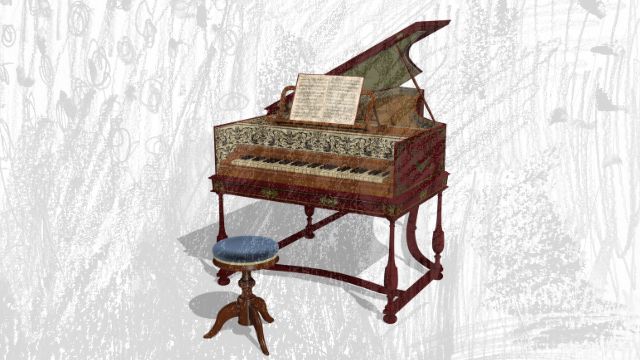
The harpsichord is a historical keyboard instrument that was popular during the Baroque period. It features a series of strings that are plucked when the keys are pressed.
Unlike the piano, the harpsichord does not have dynamic control and produces a distinct, plucked sound.
How Do Keyboard Instruments Work?
Keyboard instruments work by utilizing a mechanism that translates the action of pressing keys into the production of sound. While the specific workings vary among different keyboard instruments, here's a general overview of how they operate:
- Key Action: When a key is pressed on a keyboard instrument, it triggers a mechanical action specific to the instrument. This action can take different forms depending on the instrument, such as hammers striking strings, tangents plucking strings, or air passing through pipes.
- Sound Generation: The mechanical action initiates the generation of sound. In acoustic instruments like pianos and harpsichords, the action causes hammers or tangents to interact with strings, producing vibrations that resonate and create sound waves. In organs, air passing through pipes or reeds creates sound.
- Pitch and Volume Control: Keyboard instruments often provide control over pitch and volume. The length, tension, and thickness of the strings or the size of the pipes determine the pitch produced. By varying the length of the vibrating portion of a string or opening specific pipes, different pitches can be achieved. Volume control can be achieved through techniques like striking the strings with varying force or manipulating the airflow in organ pipes.
- Key Release: Releasing a key typically interrupts or dampens sound production. In instruments like pianos and harpsichords, the dampers come into contact with the strings, stopping their vibrations. In organs, the release of a key interrupts the flow of air or closes the valve controlling the pipe, ceasing the sound.
- Amplification and Tone Modification: In acoustic instruments, such as pianos and organs, the sound produced is then projected and amplified through the instrument's resonant body or pipes. Electric keyboard instruments utilize electronics to amplify and modify the sound, allowing for further tonal shaping and effects.
Keyboard Family Ranges - The Highest to Lowest Pitch
The pitch ranges of the keyboard family can vary depending on the specific instrument. Here's a general overview of the pitch ranges for some common keyboard instruments:
- Piano: The standard piano has a pitch range that spans from A0 to C8, covering seven octaves. The lowest note, A0, has a frequency of approximately 27.5 Hz, while the highest note, C8, has a frequency of around 4186 Hz.
- Electric Keyboard/Synthesizer: Electric keyboards and synthesizers often emulate the pitch range of a piano, providing a range from A0 to C8. However, they can also come in smaller variations with fewer keys, such as 76 keys or 61 keys, which may reduce the overall pitch range.
- Organ: Organ pitch ranges can vary depending on the type and size of the instrument. The manuals (keyboards) of an organ typically cover around five to six octaves, starting from around C1 or C2 and extending to C6 or C7. The pedalboard, which plays bass notes, covers around two octaves.
- Harpsichord: Harpsichords generally have a narrower pitch range compared to pianos and organs. They typically cover around four to five octaves, starting from F1 or F2 and extending to F5 or F6.
- Clavichord: Clavichords traditionally have a smaller pitch range compared to other keyboard instruments. They typically span around four octaves, starting from around C2 or C3 and extending to C6 or C7.
- Celesta: The celesta typically covers a range of four to five octaves, starting from around C4 or C5 and extending to C8.
- Accordion: The pitch range of an accordion can vary depending on the type and size of the instrument. Piano accordions, for example, usually cover around three octaves, starting from F or G below middle C and extending upwards.
These pitch ranges are general guidelines and variations or extended options may exist for specific instruments within the keyboard family.
Keyboard Articulations
Here is a short list of common keyboard articulations:
- Legato: Smoothly connecting successive notes without breaks, creating a seamless and connected musical line.
- Staccato: Playing notes in a short and detached manner, with clear separation between each note.
- Accent: Emphasizing a specific note or chord by playing it with more force or intensity.
- Arpeggio: Playing the notes of a chord in quick succession, either ascending or descending.
- Trill: Alternating rapidly between two adjacent notes, usually with a finger or fingers.
- Glissando: Sliding smoothly and quickly between two notes, covering all the pitches in between.
- Tremolo: Rapidly repeating the same note or alternating between two notes in quick succession.
- Portamento: Sliding or gliding between two or more pitches smoothly, without noticeable steps.
- Pedal Effects: Utilizing the sustain pedal on a piano or other keyboard instrument to sustain notes or create a continuous resonance.
- Dynamics: Varying the volume or intensity of the sound, such as playing louder (forte) or softer (piano).
These are just a few examples of keyboard articulations, and there are many more techniques and variations depending on the specific instrument and musical style.






